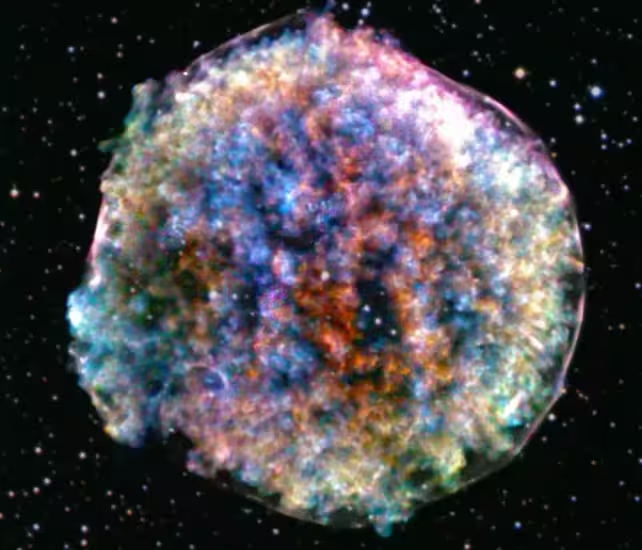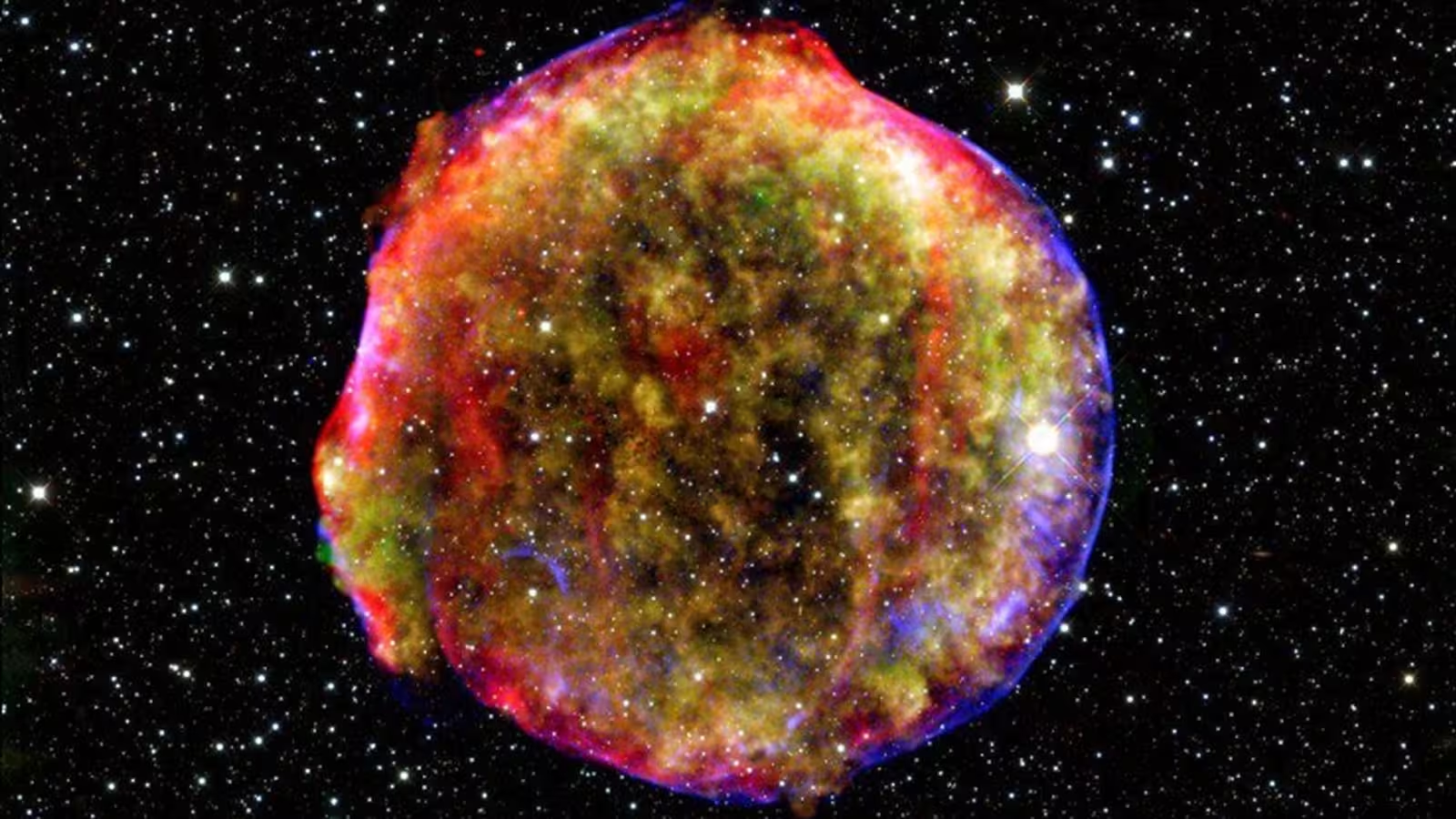4 Minutes
Unraveling the Mystery of Ultra-High-Energy Cosmic Rays
For decades, astrophysicists have been captivated by the enigma of cosmic rays—subatomic particles, mainly protons and atomic nuclei, that relentlessly bombard Earth from deep space. While many of these high-energy visitors originate from well-understood cosmic phenomena, a rare subset, known as ultra-high-energy cosmic rays, has continued to puzzle researchers due to their extraordinary energies, sometimes exceeding a peta-electronvolt (PeV), which is about a thousand times more energetic than the most powerful particles ever produced in human-made accelerators.
The Role of Supernovae as Potential PeVatron Engines
One of the most promising explanations for these enigmatic PeV particles has been the explosive demise of stars in spectacular events called supernovae. During a supernova, a dying star collapses under its own gravity, unleashing a cataclysmic shock wave and generating intense magnetic turbulence. This process, scientists theorize, could propel charged particles—atomic nuclei and electrons—to near-light speeds. However, empirical observations have sometimes cast doubt on whether these violent star deaths have enough power to account for the most extreme cosmic rays reaching our planet.
The Tycho Supernova: Clues from Our Galactic Neighborhood
A key subject of recent study is Tycho's Supernova, a stellar explosion observed in 1572 within our own galaxy, approximately a few thousand light-years from Earth. Modern astronomers now recognize this event as the terminal detonation of a white dwarf in a binary system, resulting in a thermonuclear supernova. Tycho's remnant has served as a cosmic laboratory for scientists investigating whether supernovae can accelerate particles to the highest known energies. In a 2023 study, researchers analyzed the magnetic fields of Tycho's remnants and determined that their ability to generate PeV cosmic rays was significantly less than predicted by some models. While not entirely ruling out supernovae as potential cosmic accelerators, these results suggested that their true impact may be more limited or dependent on stricter conditions than previously thought.
Numerical Simulations Point to a Crucial Acceleration Window
A recent collaborative study by physicists Robert Brose (University of Potsdam), Iurii Sushch (Spanish Centre for Energy, Environmental and Technological Research), and Jonathan Mackey (Dublin Institute for Advanced Studies) brings renewed attention to supernovae as cosmic accelerators. Using advanced numerical simulations, their work indicates that the key to reaching PeV energies lies in both the environment and the timing of a supernova event.
In these models, a dying star first sheds enough material to create a dense envelope surrounding itself. The supernova's shock wave then collides with this thick shell, generating the kind of magnetic turbulence necessary to accelerate particles to extreme energies. Importantly, this acceleration mechanism only operates effectively during a narrow window—just the first decade or two after the supernova occurs, when the surrounding material is at its densest and most chaotic. As the shell disperses and the region expands, the ability to energize particles to PeV levels diminishes rapidly.
"It is possible that only very young supernova remnants evolving in dense environments may satisfy the necessary conditions to accelerate particles to PeV energies," the team writes, suggesting that witnessing such an event in our galaxy would provide a rare opportunity to confirm this theoretical model.

Looking Ahead: The Search for Candidate PeVatrons
These findings offer new hope in solving the persistent mystery of cosmic "PeVatrons"—the hypothetical natural engines capable of producing the very highest energy cosmic rays. While Tycho's supernova may have missed its prime acceleration phase by several centuries by the time modern detectors were available, the study suggests that future observations of much younger supernova remnants in dense environments could finally yield the evidence scientists seek.
Researchers are now focusing on identifying and monitoring young supernovae and their remnants with next-generation observatories. These facilities, along with improvements in numerical simulation and theoretical modeling, promise to clarify the relationship between cosmic ray energies and their astrophysical sources.
Conclusion
The quest to trace the origins of the universe's most energetic cosmic rays is nearing a breakthrough, thanks to advances in simulation, observation, and theory. While not all supernovae appear capable of producing PeV particles, this new research highlights that those embedded in particularly dense surroundings—and observed during a fleeting, youthful stage—may serve as the galaxy's most formidable natural accelerators. As scientists continue to survey the cosmos, the explosive death of a nearby star could soon provide definitive answers, bringing us closer to unraveling this cosmic mystery once and for all.



Comments